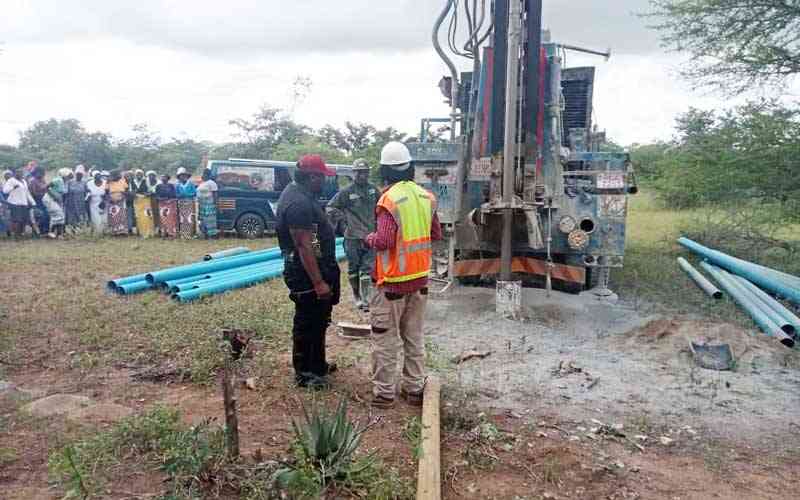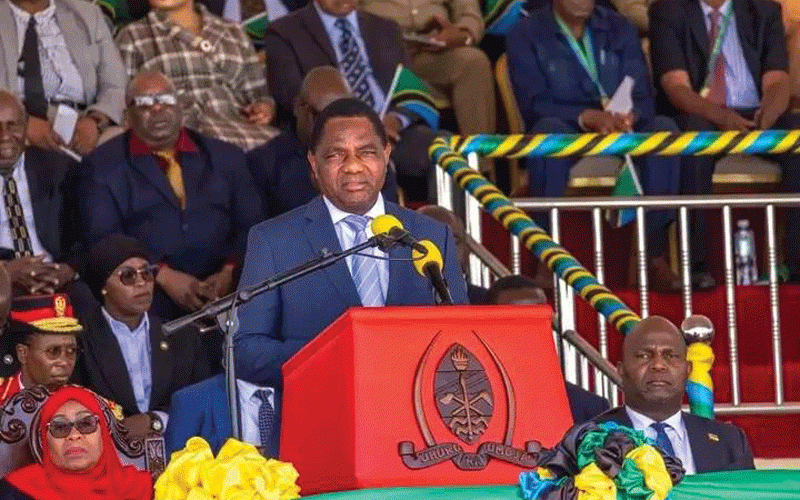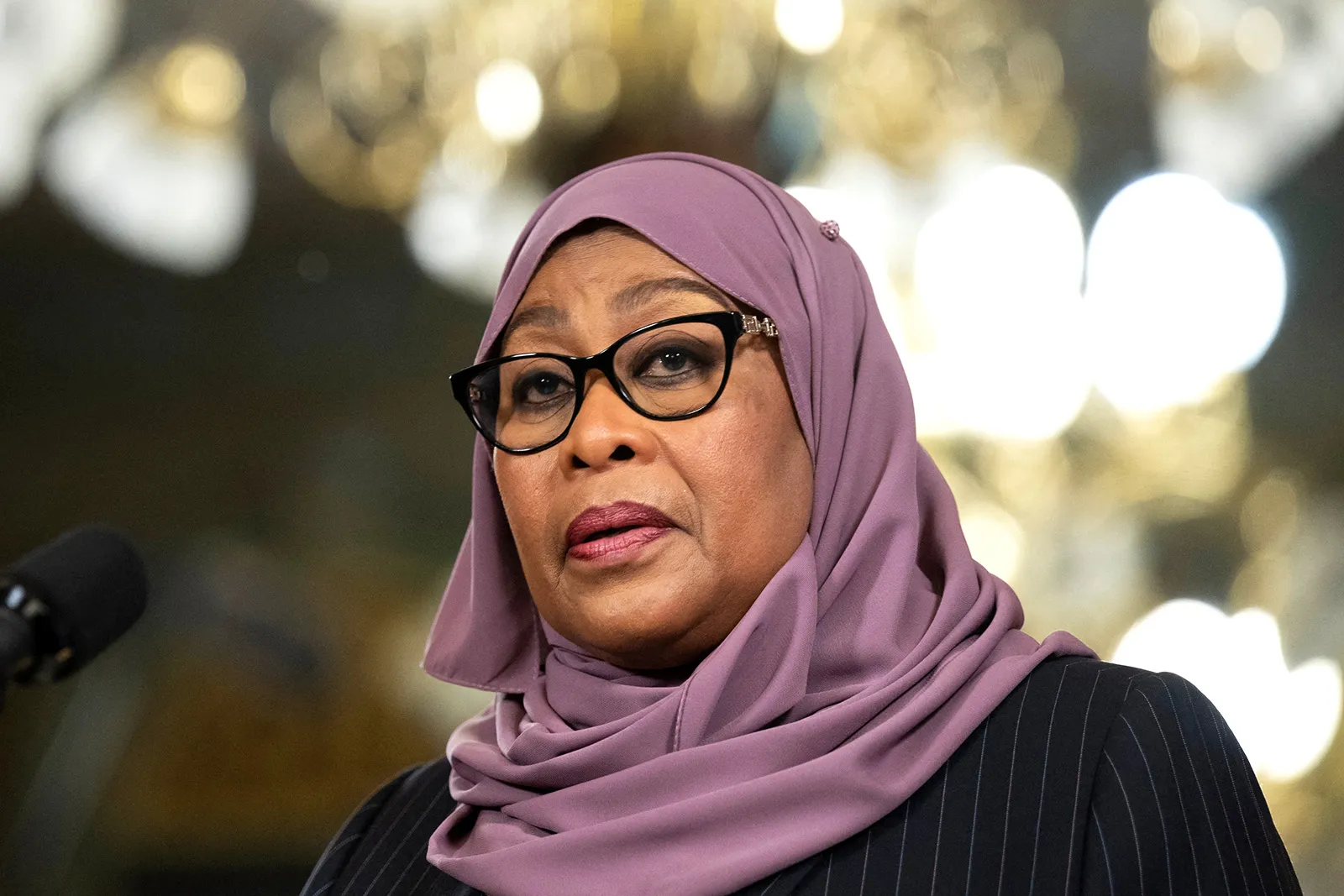
The year 2022 was debauched for environmentalism. According to global insurance giant AON, natural disasters, many driven by the climate crisis, caused global economic losses of US$313 billion in 2022.
Juxtaposing it to economic yields, this global loss to natural disasters could provide for ten countries of Zimbabwe’s gross domestic product (GDP), and is also five times more than Zambia’s GDP.
We are yet to get to a quarter of a mile in the year of the water rabbit, the Chinese would say. Already, natural disasters have brought untenable pain and suffering to flora and fauna. In Turkey and Syria alone, over 50 000 lives were lost to an earth tremor. From the floods in Sao Paulo, Brazil to cyclone Gabrielle in New Zealand, and from tornadoes in the United States to cyclone Freddy in Madagascar, Mozambique, and Chimanimani in Zimbabwe, the global climate crisis continues to cause mayhem. To save the world from this scourge, we need to move from talk to action in our climate change resolve.
No doubt, climate change is standing on Zimbabwe’s path to the realisation of vision 2030 of becoming a middle-income economy. In agriculture, the presidential borehole drilling scheme is a great attempt at climate-proofing crops and livestock.
Also, the government’s investments in new water catchments, including Tugwi Mukosi and Gwayi-Shangani dams will address perennial water challenges, and create green belts for the beneficiary regions. It is also critical to recognise the significance of hydroelectric power from Kariba to Zimbabwe’s economic development.
With clean energy access still a preserve of a few urbanites, and with the nationalization of tobacco farming, Zimbabwe’s reforestation drive is confronted by a more than equal measure of deforestation as rural dwellers and communal farmers seek cheap sources of energy for their basic and farming needs, including tobacco curing.
On the flip side, without efforts at efficient water and hydroelectric power consumption, and environmental sustainability, our climate-proofing efforts in agriculture will go in vain.
An ecosystem approach to sustainability climaxes the importance of greening the built environment as a climate change mitigation measure.
- COP27: Zimbabwe’s opportunity to shine
- Is Zimbabwe ready for green building standards?
- Addressing climate change the green building way
- Senegal-Egypt rematch on the cards?
Keep Reading
If policymakers tackle the 39% of carbon emissions that are single-handedly generated from buildings, almost half of our carbon footprint challenges would be resolved. It is estimated that the buildings and buildings construction sectors combined are responsible for 30% of total global final energy consumption and 27% of total energy sector emissions. Also, the United Nations Environment Program established that over an entire life cycle, the building industry consumes a global average of 30% of fresh water and generates 30% of the world's effluents.
Based on the above facts, it is my argument that without concerted environmental sustainability measures toward the built environment, our siloed climate change mitigation efforts would be in vain. On December 13, 2022, at a stakeholders’ conference for Zimbabwe’s built environment, in the wake of climate change, the sustainability call by the United Nations representatives was clear, and so was the call to action by the ministry of Environment and the Green Building Council of Zimbabwe.
As we confront this demon, only a coordinated approach will make us cross the Rubicon, considering that the built environment policy framework involves more than one line ministry, with the ministry of Environment standing at the centre of environmental sustainability.
Energy policies, water policies, land policies, local governance policies, and environmental policies are all important to the built environment.
To come up with aligned and futuristic policies for the built environment, real work must be done now. As a technical partner to the ministry of Environment, the Green Building Council of Zimbabwe (GBCZw) stands ready to work with its stakeholders in the development of standards for the built environment.
The future is green, and so is the path to vision 2030. As a member of the World Green Building Council, GBCZw is best placed to tap into its rich global network in Zimbabwe’s pursuit of a sustainable built environment for all.
As of now, climate change still stands in Zimbabwe’s path to sustainability.










